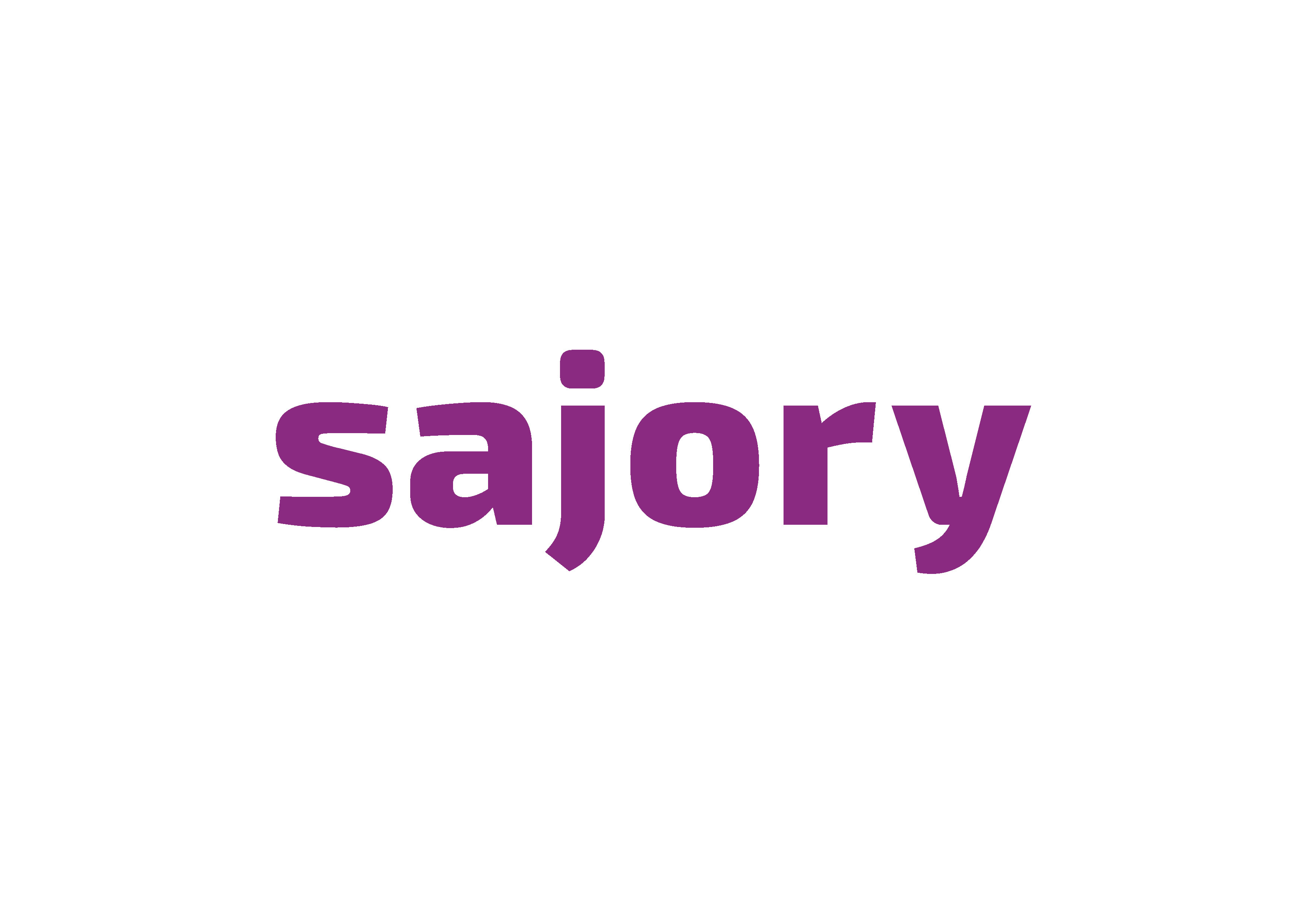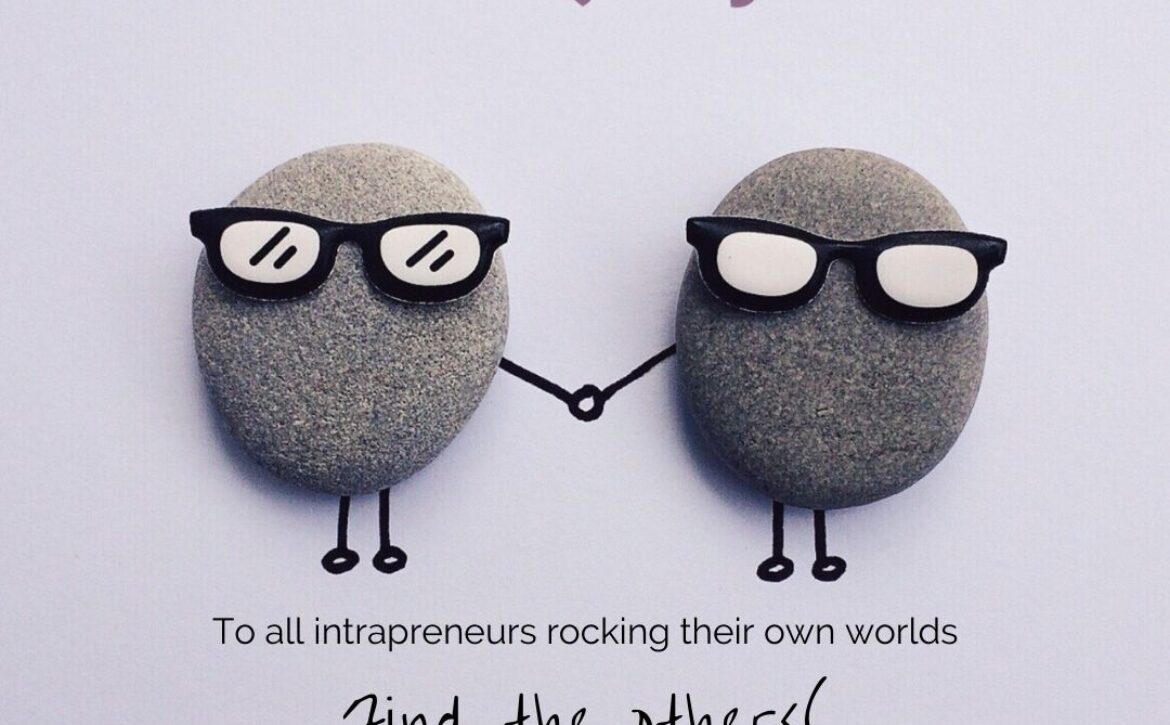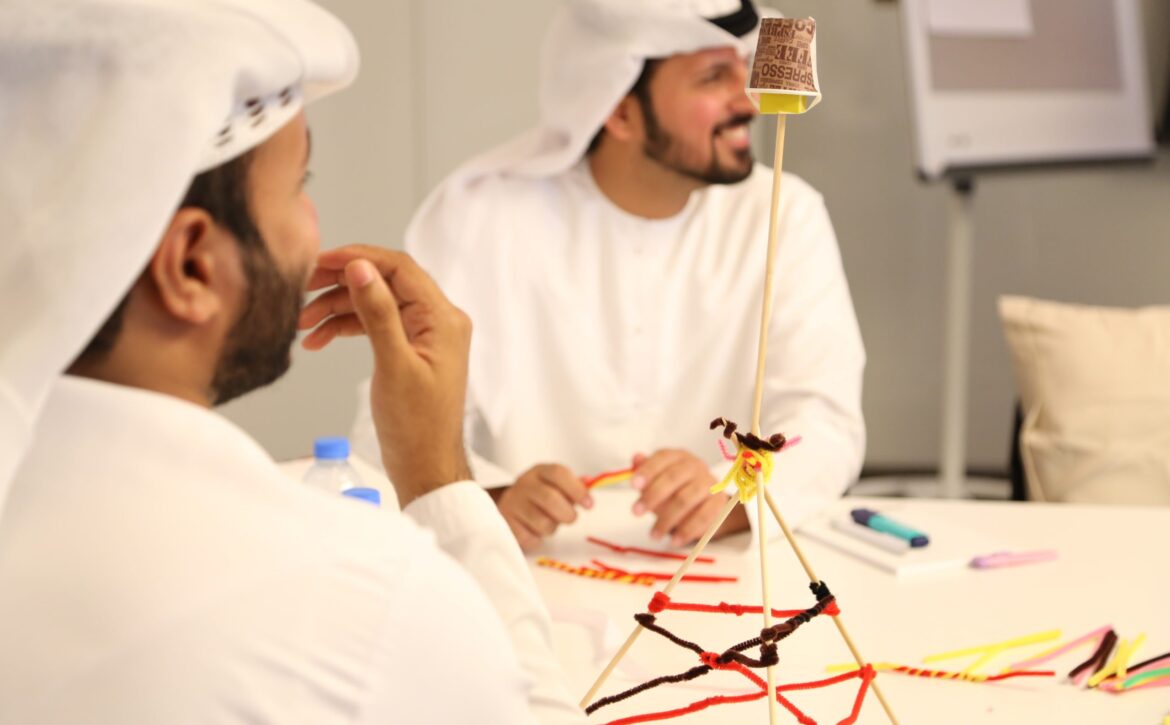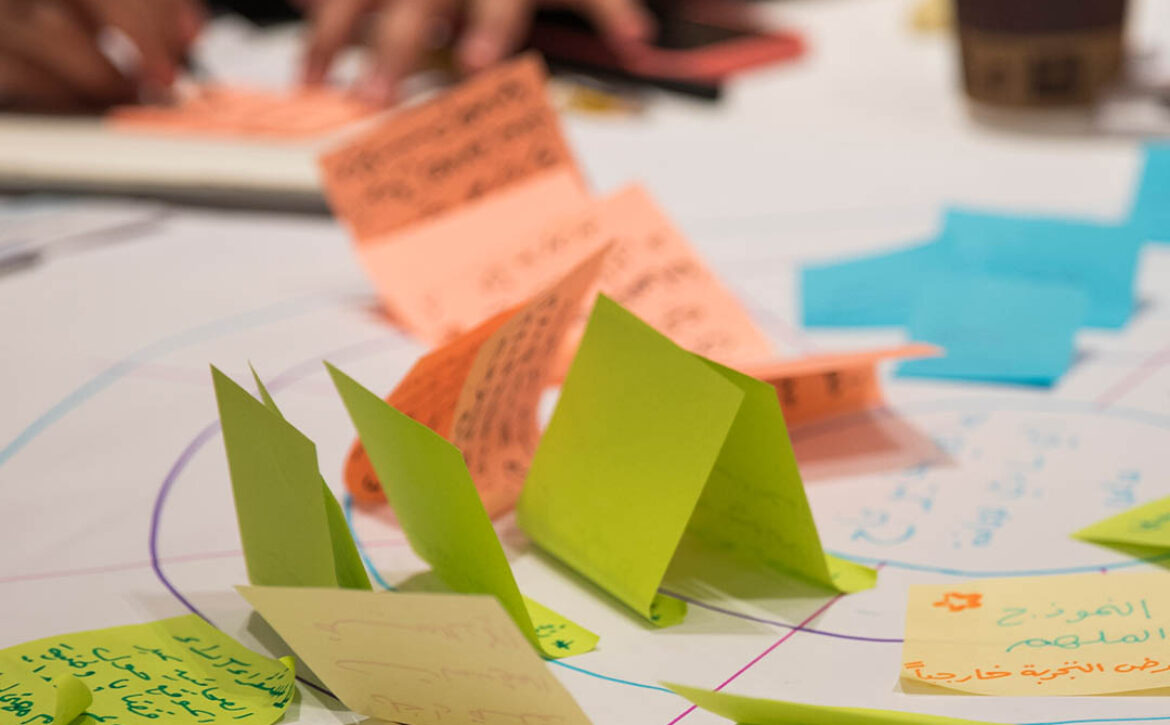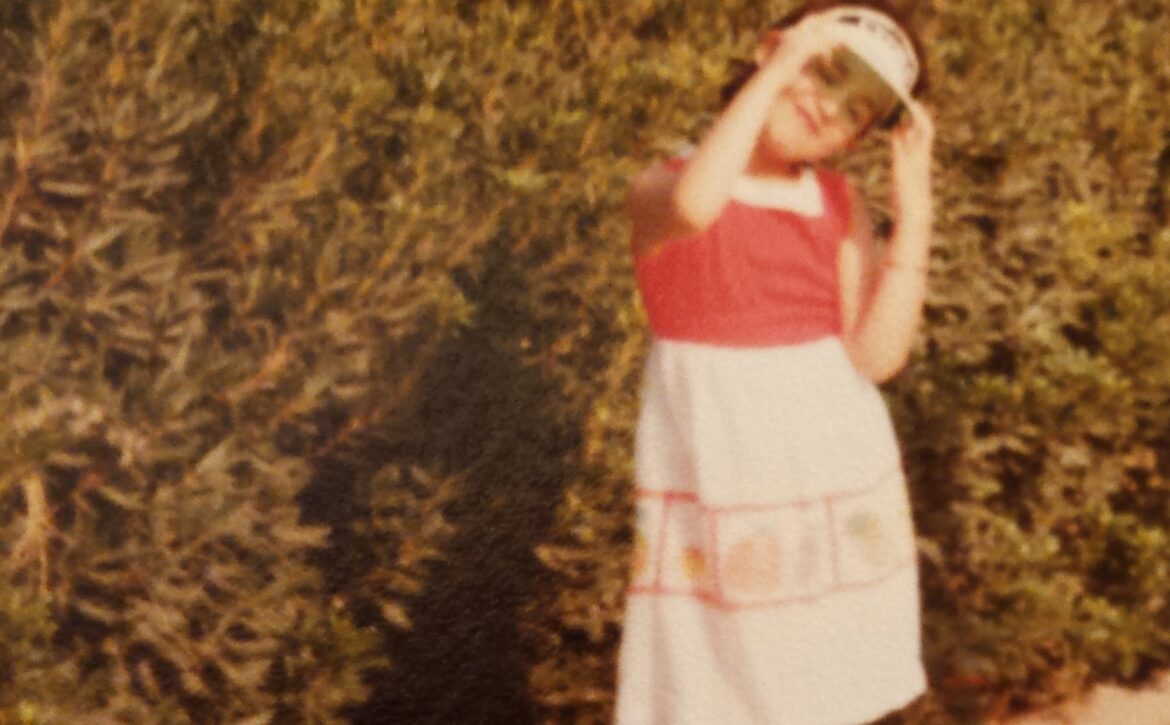Two types of ideas ..
According to “Frans Johansson” in his book “The Medici Effect”, there are two types of ideas: directional and intersectional.
Directional ideas improve products in predictable steps and have well-defined dimensions: increasing efficiency, discovering new uses, or benchmarking policies and processes that fit in other departments, companies, or countries. The goal is to refine and adjust to make the idea fit its new context.
Intersectional ideas change in leaps and new directions. They live on the edge of two ore more fields (fields meaning disciplines, domains, or cultures). They do not require as much expertise in one domain as much as they need an expert in the process of pollinating and connecting the dots. “They can involve the design of a large department store or the topic of a novella; they can include a special effect technique or the product development for a multinational corporation”.
Working at the intersectional level means working at the edge of innovation. That’s where it lives. That’s where you need to be when you’re ready to make a leap. To get there, find out first where do YOU live, and where is your intersection mirage. Then, get on board and connected the “unseen” dots.
~ Writing from the intersection,
Randah p.s. On January 24th we’re running our Mavericks Masterclass again. Join other intrapreneurs and corporate innovators on this three-hour intervention to find out more about your own creative thinking style and learn ways to facilitate connecting the dots. Apply today

